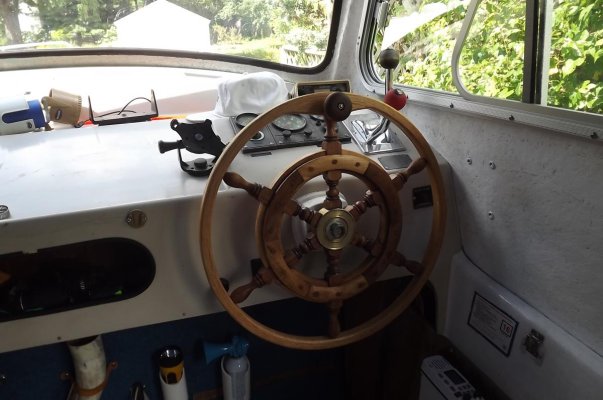stubones99
Guru
Hello All,
What is the general preference as far as engine controls? I had single lever controls on the last boat and wondered what the reasoning behind someone preferring twin lever controls?
The only possible risk is a newbie running from higher than idle down to neutral and reverse before giving the transmission time to shift. I was taught to give it a couple of seconds at neutral and then go to reverse.
What is the general preference as far as engine controls? I had single lever controls on the last boat and wondered what the reasoning behind someone preferring twin lever controls?
The only possible risk is a newbie running from higher than idle down to neutral and reverse before giving the transmission time to shift. I was taught to give it a couple of seconds at neutral and then go to reverse.





